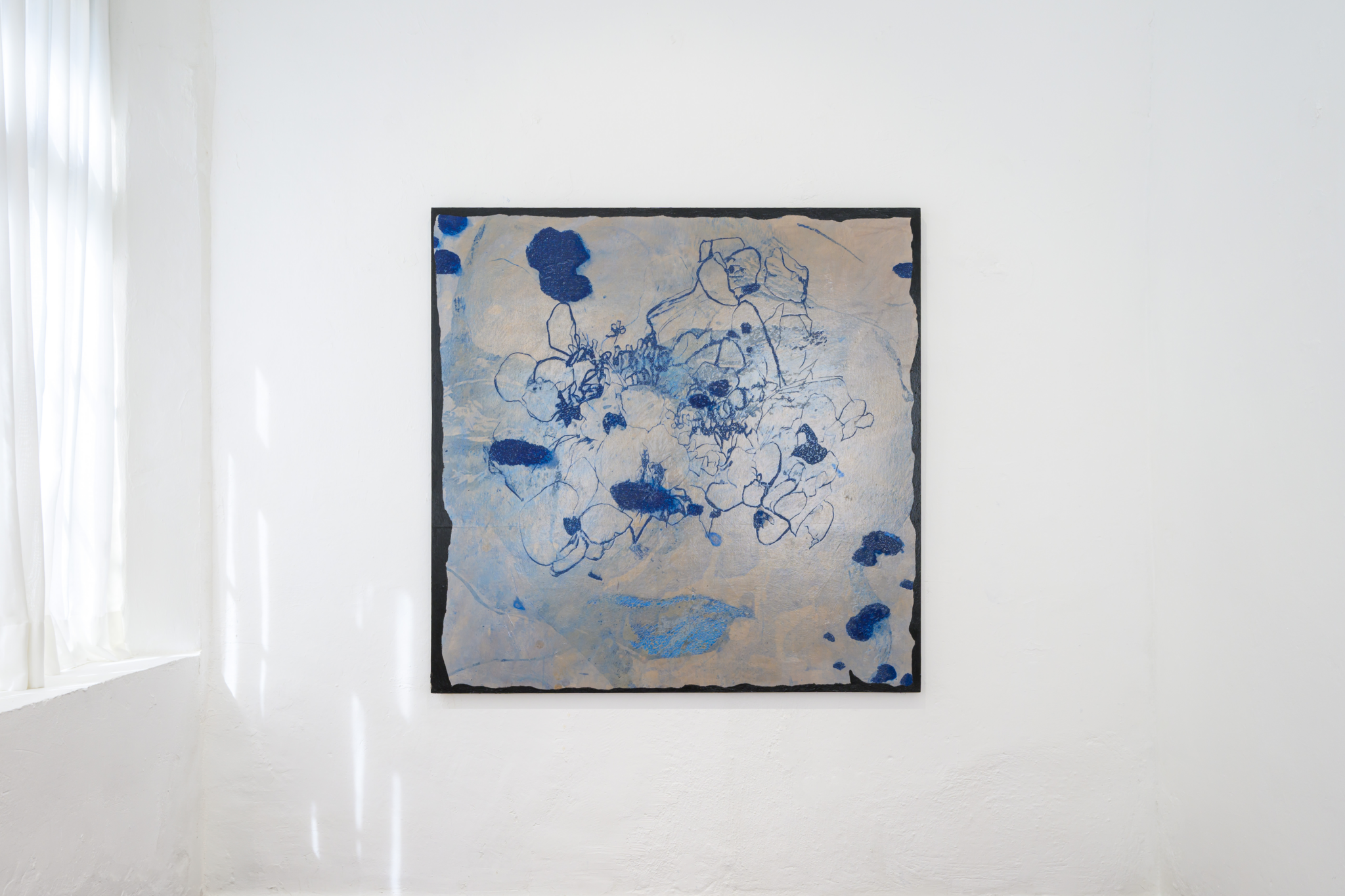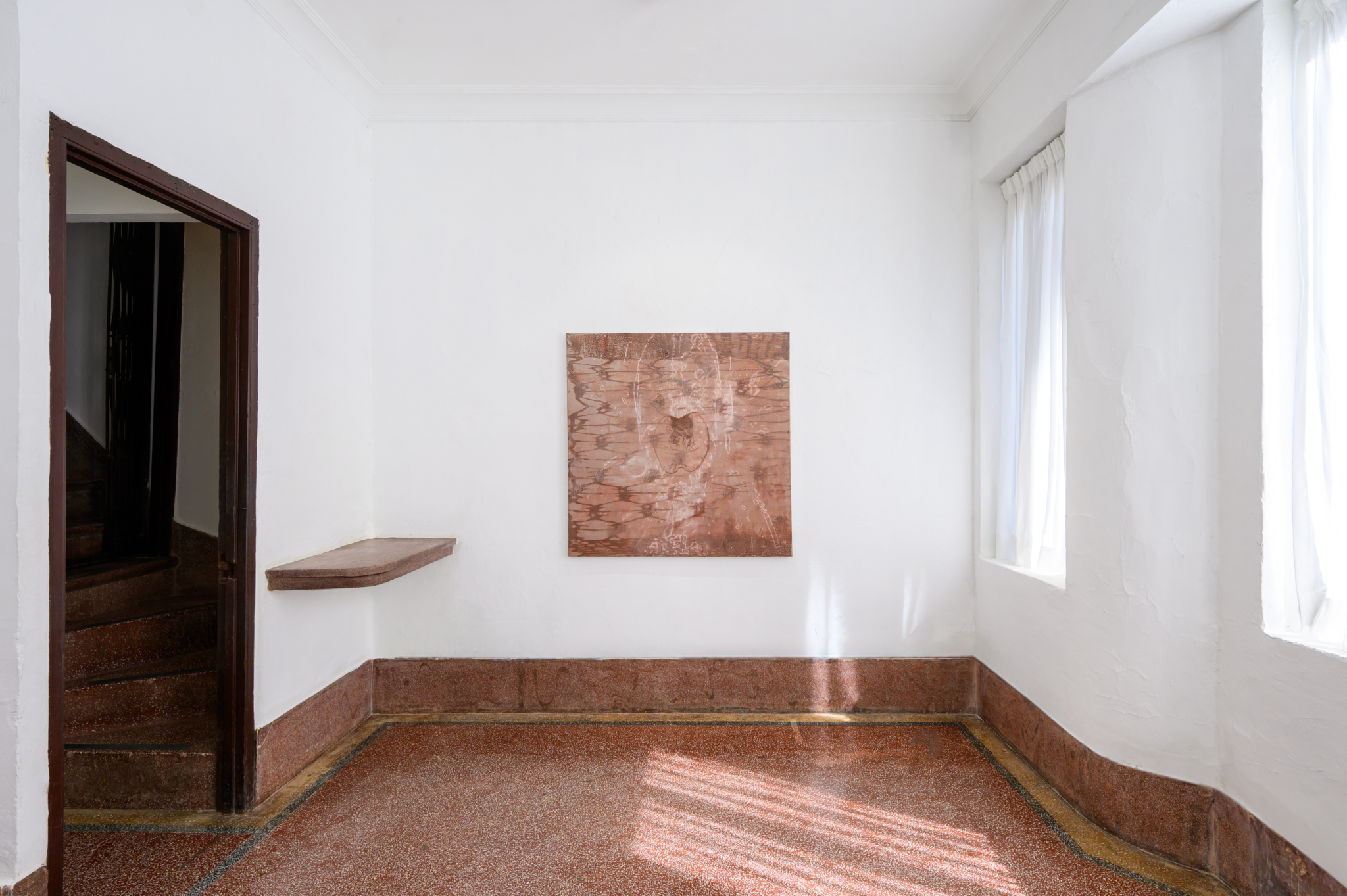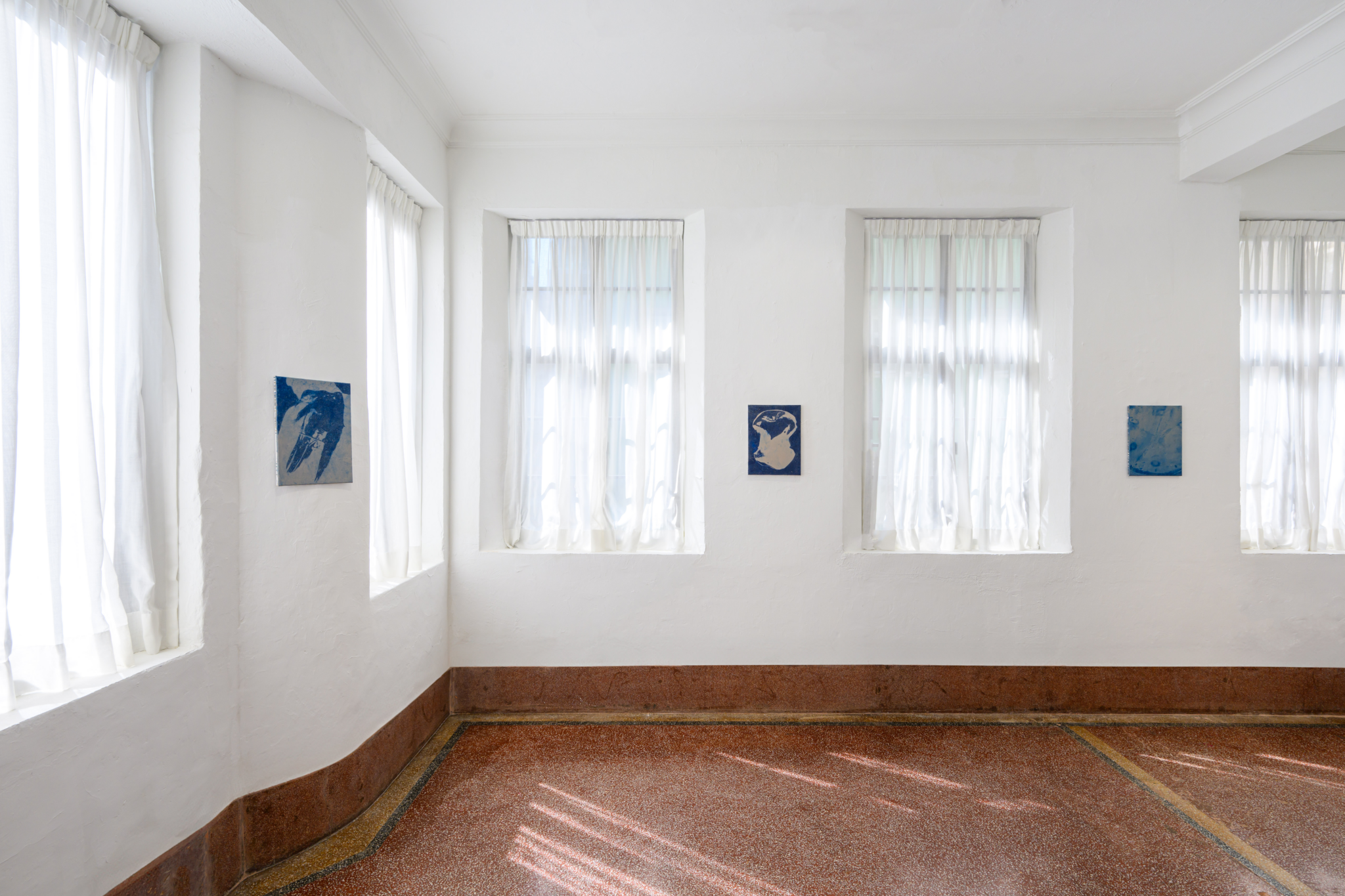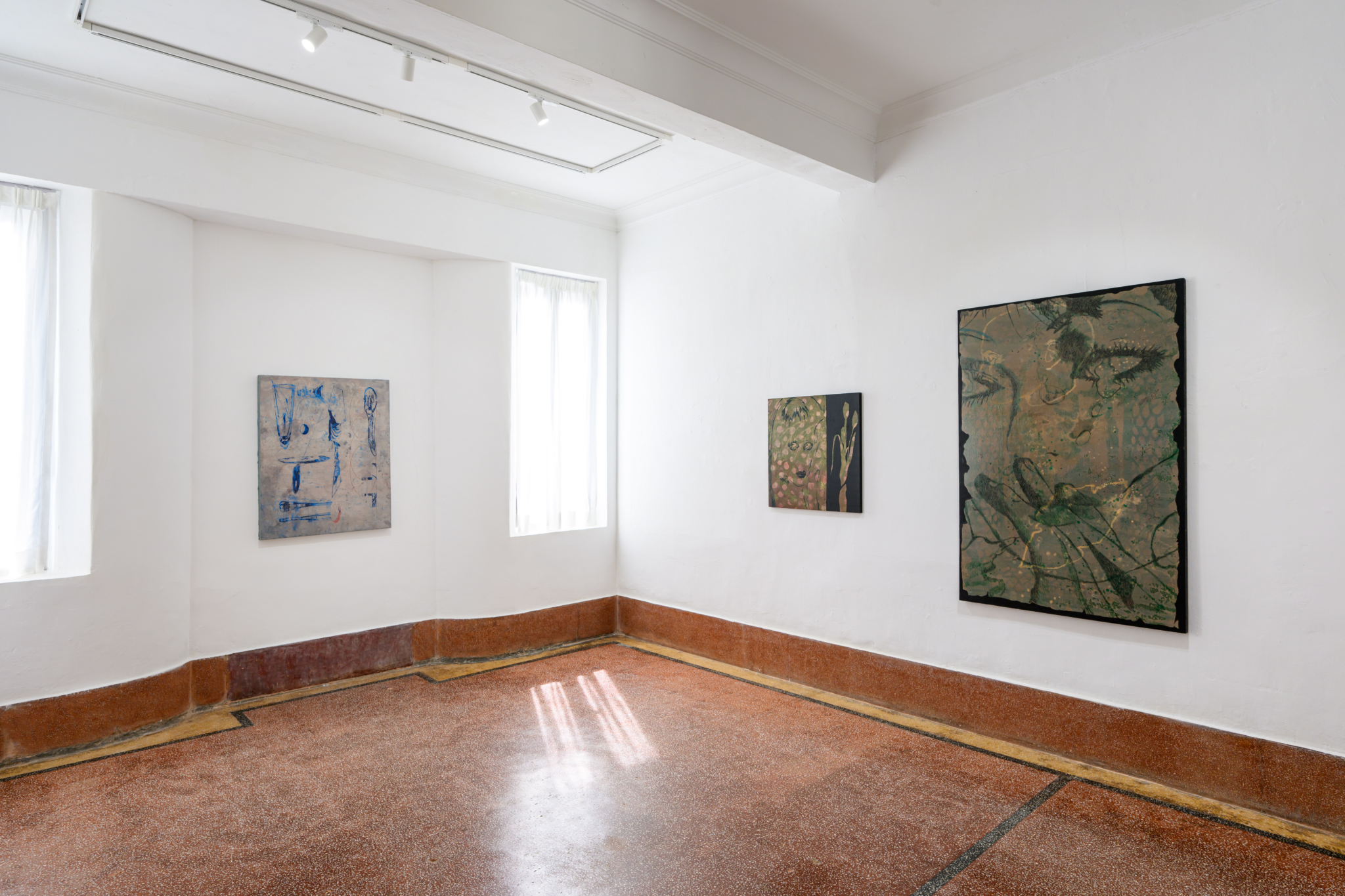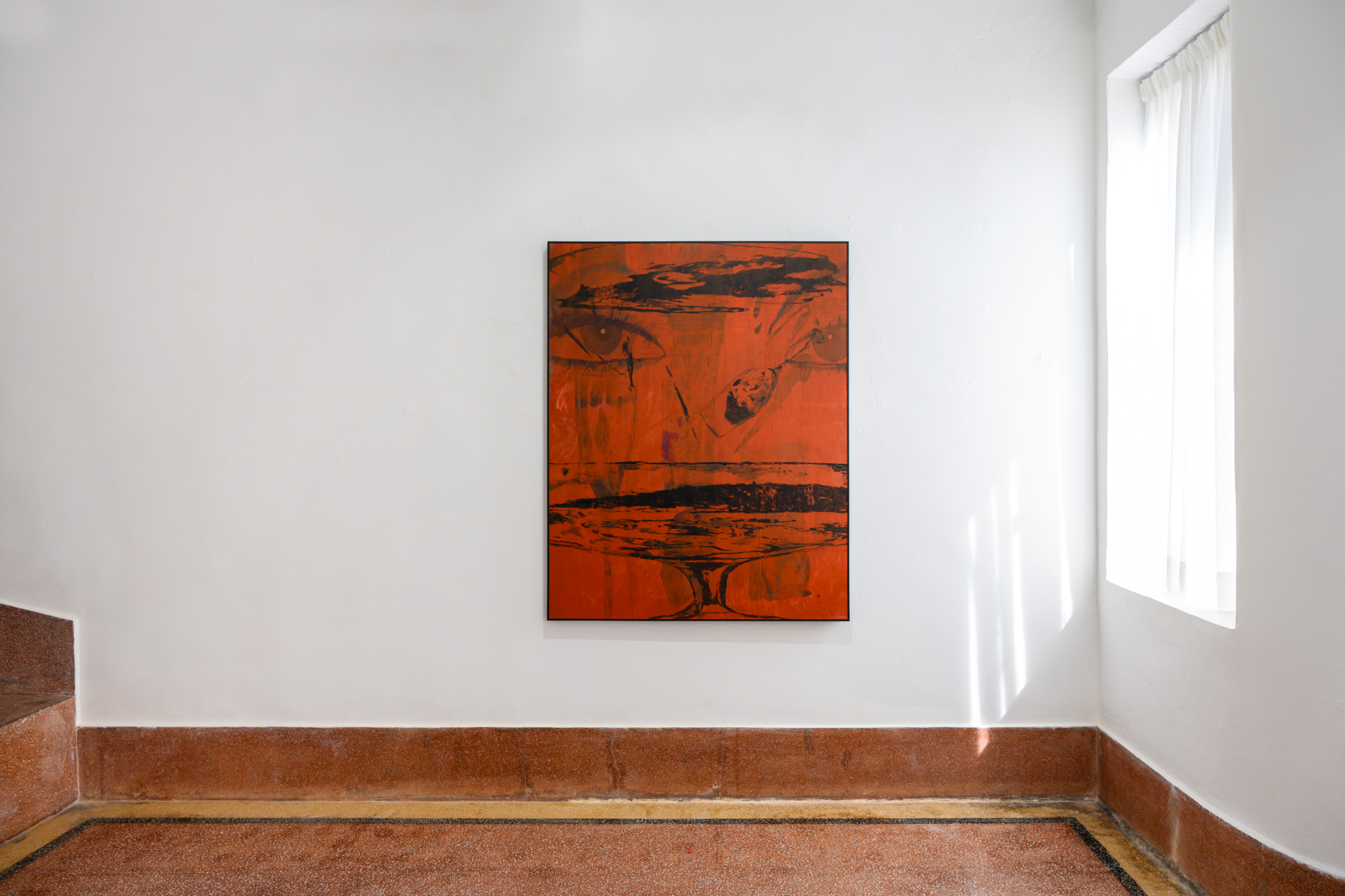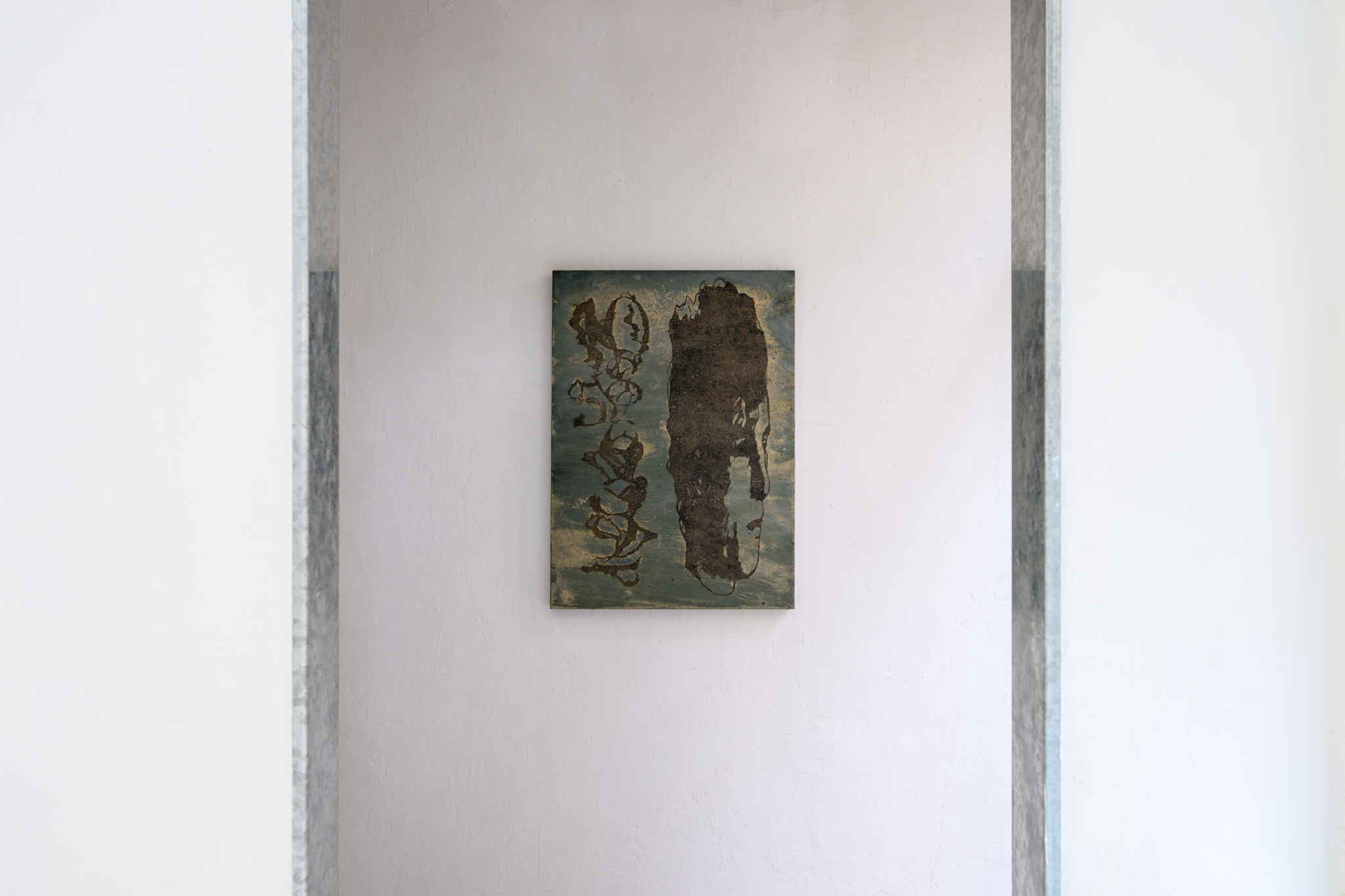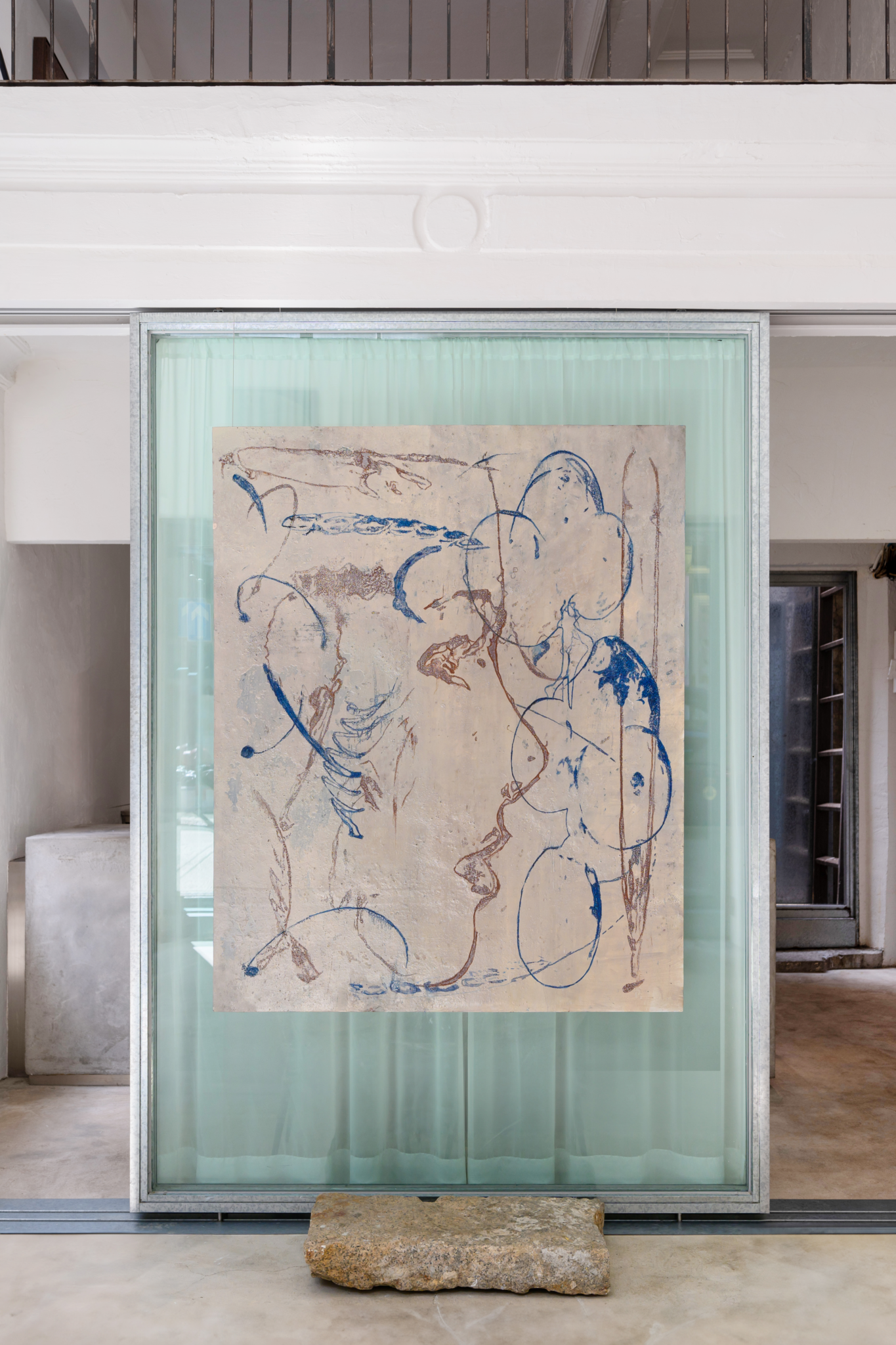Memories From Out of the Blue
American psychologist George Mandler (2004) explained "Mind-pops" as fragments of knowledge that suddenly enter consciousness, such as words, images, or melodies. These highly random mind-pops often exist in everyday life in an "unnoticed" manner. When examining the neural mechanisms of memory processing, memory involves the processes of encoding, storing, and retrieving information. Therefore, mind-pops are not just appearing out of thin air; they are related to accumulating an individual's past experiences. This also seems to imply that the information we actually record may be more than we realize—forgotten memories may not have disappeared from the brain; they are simply hidden, making it impossible for you to discover their traces consciously. As a manifestation of many hidden memories, mind-pops correspond to the subject's genuine feedback about the world, pointing directly to the fact that the subconscious often knows the significance of a particular experience, even if our consciousness is unaware of it.
Artist Zhou Xinyu's creations draw from the endless stream of images in contemporary society's information flow, as well as the image and symbol memories built upon it. Zhou Xinyu's artistic practice integrates animation theory with experiments based on printmaking media. In recent years, her works have mainly used mixed media painting as the primary medium. The fusion of multiple media and the fragility brought about by material blending correspond to the emotions derived from personal experiences and publicness in the unfolding of time. In summary, Zhou Xinyu reveals attention to vulnerability and fragmented emotions in real life with a calm yet warm expressiveness. Her works unfold through the overlay of different layers, and the distorted lines project clear and significant moments extracted from chaotic memories. In her works, full of a mottled and seemingly aged visual, she deliberately imparts an archival quality to contemporary images, allowing her to delicately unravel the multi-threaded emotional memories, presenting scenes of memory like individual acts in a play, recording many fleeting things and flashing them back into the artist’s meticulous observation and material expression, intertwining the past and the present,describing subtle feelings that cannot be clarified by language or text.
"Individuals live by memory, and grasping memory is like grasping the feeling attribute of life's unpredictable changes," in other words, to some extent, individual amnesia accompanies the disappearance of personal identity while actively recalling or discovering hidden fragments in the corners of memory implies retracing the past to gain a deeper understanding of oneself. As Clay Routledge (2011) advocated in his research on nostalgia, "The past makes the present meaningful: Nostalgia as an existential resource," nostalgia can prevent people from falling into an existential crisis, a despair of self-existence, when the meaning of life is threatened. In this sense, we may look forward to the fragments shelved in the corner of memory, longing for an explanation of how we have become what we are today if we can pick up some unconscious memories.
In this exhibition, the sensations of memory flashbacks presented in the works mutually mirror the capture of hidden memories based on subjective consciousness, forming an intertextual relationship. Based on human emotions that originate from reality, Zhou Xinyu provides a personalized narrative and sorting of those imperceptible floating memories in her works, using a visual language that is blurry and ambiguous yet evokes moments of emotional memory flashbacks within the audience.
美國⼼理學家喬治·曼德勒(George Mandler,2004)將「閃現記憶」(Mind-pops)解釋為突然進⼊意識中的知識碎⽚,如⽂字、圖像或旋律。這種隨機性極強的閃現記憶通常以「不被注意」的姿態普遍存在於⽇常⽣活。梳理記憶加⼯的神經機制,記憶是資訊編碼、儲存以及讀取的過程,由此閃現記憶並⾮是憑空出現,它關乎個體過去的經驗累積,也似乎暗示著我們實際記錄的資訊要⽐我們⾃身意識到的更多-被遺忘的記憶可能並沒有在⼤腦中消失,它們不過是隱藏起來,讓你無法在有意識情況下發現它們的蹤影。作為眾多隱藏記憶⾥的⼀種體現,閃現記憶對應主體關於世界的真實回饋,也直指潛意識往往知道某種經驗的意義,即使我們的意識對此⼀無所知。
藝術家周⼼語的創作以當代社會無盡的信息流中的圖像以及在此之上所建⽴的圖像和符號記憶作為創作來源。周⼼語的藝術實踐融合了動畫理論和基於版畫媒介的綜合材料實驗,近年來的作品多以綜合材料繪畫為主要媒介,多重媒介的融合以及材料雜糅所帶來的脆弱性對應著個⼈經驗和公共性的在時間的推演中所衍⽣出的情緒,總結來說,周⼼語以⼀種冷靜但不失溫度的表現⼒透露出對現實⽣活中脆弱感以及碎⽚化情感的關注。其作品由不同層(layers)的疊加⽽展開,變形、扭曲的線條投射著混沌記憶⾥抽離出的清晰⽽重要的時刻,在她充滿斑駁感和看似做舊的作品畫⾯中,她有意識地賦予了當代圖像以檔案性,從⽽使她更從容地將多線索的情感記憶進⾏抽絲剝繭,展演記憶的畫作⾯如同⼀場場獨幕劇,記錄下諸多轉瞬即逝的事物並將其閃回⾄藝術家細膩的觀察和材料表現之中,將過去與當下交織在⼀起,描述⽤語⾔或⽂字無法釐清的細微感受。
“⼈是靠記憶⽽活,⼈榮耀地抓住記憶恰似抓住了⽣命變幻莫測的感覺屬性”,換句話說,個體的失憶在⼀定程度上伴隨著個⼈身分的消逝,⽽主動的回憶或發掘記憶⻆落⾥的隱藏⽚段則意味著追溯過去以獲取對於⾃我的深⼊定位。 ⼀如克萊·勞特利奇(2011)關於懷舊的研究成果所主張的那樣,「過去使現在變得有意義:懷舊是⼀種存在資源(The past makes the present meaningful: Nostalgia as an existential resource.)”,懷舊能夠在⽣命的意義受到威脅時,防⽌⼈們陷⼊某種 存在主義的危機,即對⾃我存在的絕望。這樣說來,我們或許可以對記憶⻆落⾥被擱置的⽚段抱有憧憬,憧憬著如果能夠碰巧撿拾起⼀些尚未知覺的記憶,它會為我們如何變成今⽇的模樣做出更加完滿的解釋。
此次展覽中,作品所呈現出的有關記憶閃回的感受與建⽴在主體意識上對於隱藏記憶的捕捉相互映射,形成了互⽂關係。以⽣發於現實的⼈類情感為基礎,周⼼語在作品中對那些不易被察覺的漂浮記憶進⾏了個⼈化的敘述和梳理,⽤模糊和不失曖昧的視覺語⾔喚起觀眾內⼼情感記憶的閃回時刻。
References 參考文獻:
1. Routledge, C., Arndt, J., Wildschut, T., Sedikides, C., Hart, C. M., Juhl, J., Vingerhoets, A. J. J. M., & Schlotz,W. (2011). The past makes the present meaningful: Nostalgia as an existential resource. Journal of Personalityand Social Psychology, 101(3), 638–652.
2. Jeffrey D, Susan G R, Michael D, et al. Recollection, Familiarity, and Cortical Reinstatement: A MultivoxelPattern Analysis. Neuron, 2009, 63: 697-708.
3. G;, Kvavilashvili L;Mandler. 2023. “Out of One’s Mind: A Study of Involuntary Semantic Memories.” CognitivePsychology. U.S. National Library of Medicine.
4. Kvavilashvili L, Mandler G. Out of one's mind: a study of involuntary semantic memories. CognitivePsychology, 2004, 48: 47–94.
5. 王英英,朱子建,吳艷紅. 記憶的動態變化: 記憶的編碼、鞏固與遺忘. 科學通報
Text by Chen Junyao


